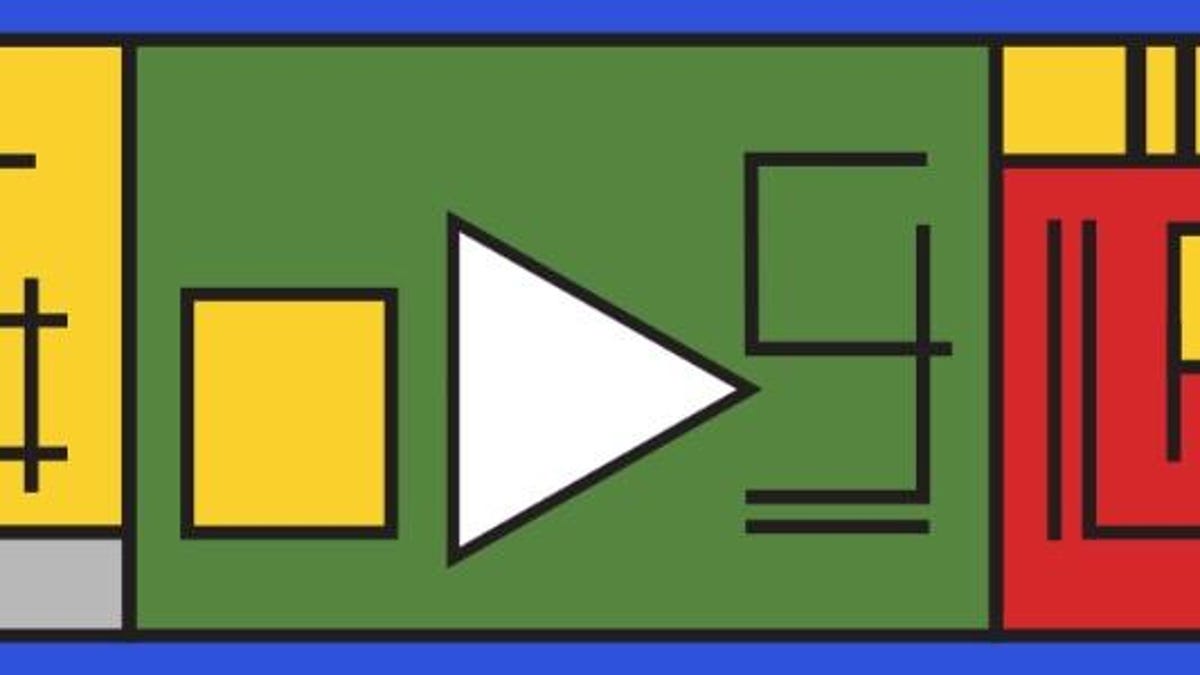Google Doodle celebrates 100 years of Bauhaus style
Movement born out of the art school would have a profound influence on architecture, graphic design, interior design and industrial design.

Google celebrates Bauhaus style by incorporating the movement's minimalist aesthetic into a Doodle.
One hundred years ago, an art school opened in Germany that would create one of the most influential movements in art, architecture and modern design.
The objective of the Bauhaus school was to combine art, craft and design to create a vision of the modern future. The Bauhaus style, also known as the International Style, rejected ornamentation and favored a harmonious relationship between an object's design and its function.
The Bauhaus advocated for combining minimalism with 20th century mass production techniques to produce buildings and furniture, among other things, and would have a profound influence on art, architecture, graphic design, interior design, industrial design and typography.
To celebrate the school's founding, Google launched an animated Doodle on Friday that incorporates the movement's minimalist aesthetic in a rolling art show that highlights some of the object designs born out of the Bauhaus, including buildings, coffee pots, lamps and even cocktail glasses. And, of course, fine art.
The school was founded in the city of Weimar on April 12, 1919, by German architect Walter Gropius, who developed a radical curriculum that aimed to turn out artisans and designers who would create objects that were both beautiful and useful.
Art school "must return to the workshop," Gropius reasoned in a brief 1919 manifesto.
"This world of mere drawing and painting of draughtsmen and applied artists must at long last become a world that builds," he wrote. "When a young person who senses within himself a love for creative endeavor begins his career, as in the past, by learning a trade, the unproductive 'artist' will no longer be condemned to the imperfect practice of art because his skill is now preserved in craftsmanship, where he may achieve excellence."
The initial Bauhaus course introduced students to the underlying principles of elementary form, color theory and studies of materials. Students would then enter specialized workshops, including metalworking, cabinetmaking, typography and wall painting.
Some of the school's more prominent faculty included Swiss painter Paul Klee, Russian painter Wassily Kandinsky and German-born American artist Josef Albers.
The school would relocate to two other German cities over the years, changing leadership and shifting its focus with each move.
Under pressure from the emerging Nazi regime, the school's leaders shut down the institution in 1933. As the students and staff left the school and emigrated from Germany, they spread the Bauhaus' idealist precepts around the world.

